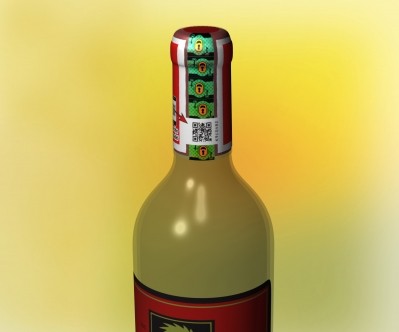Recession raises fears over fake food products

So-called product diversion involves ‘grey market’ or parallel trading, where branded products are sold in markets not intended by the brand owner.
And according to Richard Burhouse (pictured), business development manager of brand security expert Payne Security, grey market goods also increase the likelihood of counterfeit products.
“Within some markets counterfeiters produce products with unfamiliar foreign language labelling, which are then shipped into the UK,” he said.
“The consumer thinks this is a genuine – say Greek – diverted product, at a bargain price, but it’s actually a fake, with all the potential safety issues this brings up with food and beverage products.”
Burhouse added that ‘Mom and Pop’ shops are the worst culprits where diverted and counterfeit sales go, with the risks of it occurring at major retailers such as Tesco and Sainsbury’s (which do less spot buying) minimal.“Since the recession there’s been a move towards eco ranges, and although I’m not suggesting grey goods appear in well-known discounters, cheaper unfamiliar brands open-up the risk of counterfeiting."
Reasons for product diversion
Essentially, price differentials lead people to divert products, said Burhouse, where high price points for given products in one country are offset by low prices in neighbouring regions or jurisdictions.
“We’re seeing a strong growth in interest from the food and drink industry, because the recession has led to a rise in product diversion – with consumers bargain-hunting – while the related problem of counterfeiting is more apparent as crooks in the developing world source machinery to make fakes.”
Premium products – especially alcoholic drinks – are particularly susceptible to diversion, explained Burhouse, where brand owners want different prices or products in, say, richer countries, and are also subject to varying tax rules that affect margins.
“The traditional grey market operator was the white van man who drove to Calais, loaded up with cigarettes and alcohol, and sold the goods on via unrecognised distribution channels.
“Since tax equalisation in Western Europe this problem is less pronounced, but it’s becoming a problem now with goods shipped in from Eastern Europe and further afield,” said Burhouse.
So how big a problem is diversion? “It’s impossible to tell, because diversion isn’t illegal unless tax evasion is involved, and if it isn’t then government and law enforcement agencies aren’t interested, so it’s up to brand owners to enforce.”
Holograms or ‘colour shift’ inks
Both covert and overt security measures on food packaging can reduce the risk of diversion, said Payne, where the latter involve holograms or special ‘colour shift’ inks (similar to those used on banknotes) that change according to the viewing angle, along with product coding.
Burhouse said brandowners can use such measures to police distribution agreements and stop product diversion, licensing a distributor to sell products in the UK alone – say with alphanumeric batch codes – then stripping them of their licence if these are found for sale elsewhere.
“The benefit of overt measures is that the public can get involved (because of brand familiarity),” said Burhouse, “Covert measures don’t, because they depend upon special viewing devices or equipment to know if a packaging mark is there.
“Therefore, enforcing this depends on brandowners, distributors (sometimes), law enforcement agencies, customs and trading standards.”
Where overt measures are easier for crooks to copy, Payne Security offers covert measures such as UV and (more pricey) infra-red inks that can only be detected with special equipment, while its own proprietary range of Taggant chemical marking technology – secretly integrated into packaging material – can only be read by handheld reading devices specially programmed for brandowners.
Although more pricey, such measures have clear benefits, Burhouse explained: “Covert technology adds uniqueness. For instance, by marking a product secretly and sending it to a distributor, if the brandowner then find it in another market altogether, they know the distributor has broken their distribution agreement.”












